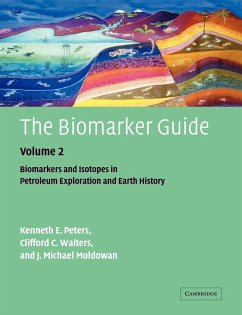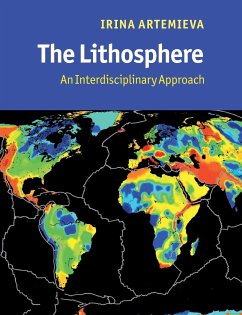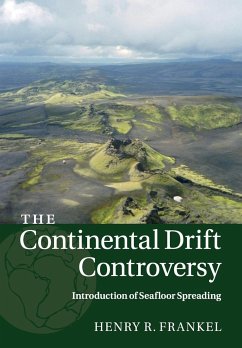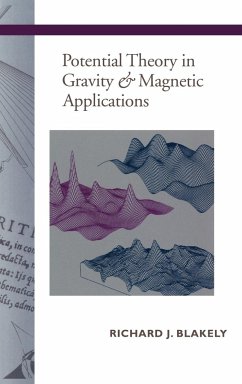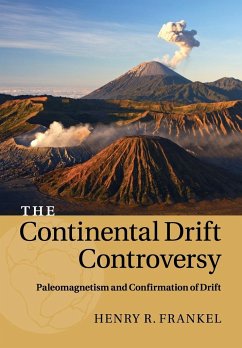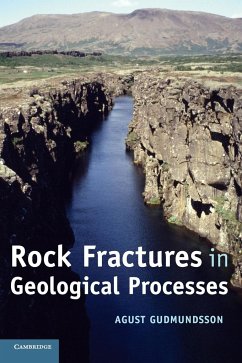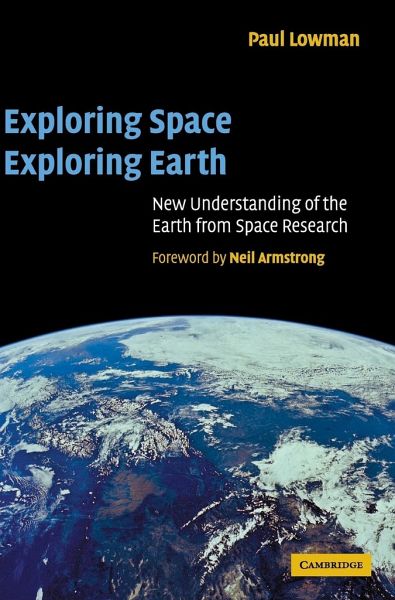
Exploring Space, Exploring Earth

PAYBACK Punkte
98 °P sammeln!
Paul Lowman, a NASA scientist for over 40 years, describes how space exploration has provided new insights into the geology and geophysics of the Earth. This book will be valuable for students and researchers in geology, geophysics, remote sensing and planetary science. With a foreword by Neil Armstrong.





